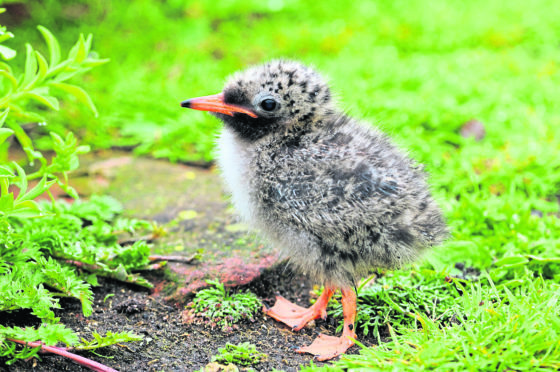Birds are “flocking back” to their native Outer Hebrides following the success of a challenging 17-year programme to eradicate the American mink and its devastating effect on local wildlife.
Terns, waders, divers and ducks are among the species returning in numbers to the islands through the success of the Hebridean Mink Project.
And tourist boat operators are now changing their routes because seabird colonies are emerging in places where there used to be no bird populations.
American mink, an invasive non-native species, are known to prey on ground nesting birds and fish.
Scottish Natural Heritage (SNH) area manager for Argyll and Outer Hebrides, David Maclennan, said: “Invasive species are one of the greatest threats to the beauty and variety of our nature. But the Hebridean Mink Project shows that we can take on invasive species – and win.
“It is fantastic to start welcoming back our native species. A range of factors are likely to be at play, but local people are telling us that a mink free Outer Hebrides is having a hugely positive effect on wildlife and the economy.”
Through major funding from the EU Life programme, at the project’s height a team of 12 core SNH staff worked as trappers to remove the mink.
The remote Hebridean location meant significant challenges for the project to overcome.
Hundreds of islands there make up a coastline of about 1,550 miles and there are more than 7,500 freshwater lochs, nearly a quarter of Scotland’s total, helping invasive mink grow to dense populations rarely reached in their native North America.
SNH chairman Mike Cantlay praised the hard work of his team, while cabinet secretary for the Environment, Roseanna Cunningham, called it a “significant achievement.”
Ms Cunningham added: “I am delighted that we are already seeing positive results, bringing the return of the seabirds and wading birds which the islands are world-famous for. This will provide a real boost for nature tourism in the Hebrides.”
Murray Macleod, operator with tourist boat provide SeaTrek, said it has been an “incredible boost to local tourism.”
The introduction of mink in Scotland has been directly connected to the fur farming industry established in the 1950s.
In the Outer Hebrides, fur farms on the Isle of Lewis went out of business in the 1960s and feral populations quickly established.
Small scale control operations carried out by sporting estates and an attempt by SNH to prevent the mink population spreading south had limited effect.
To date, 2,198 mink have been caught, with only two non-breeding females and associated males caught in Lewis and Harris in the last 18 months.
The mink were humanely dispatched by trained officers, as it would be illegal to re-release them in the UK as non-native species.
